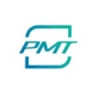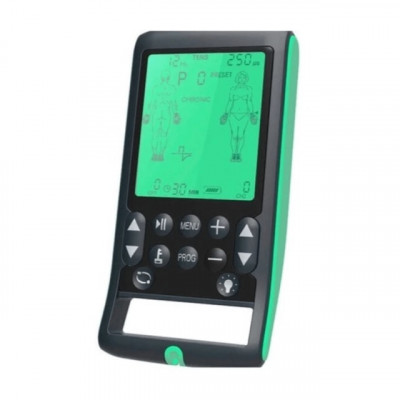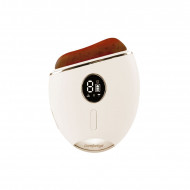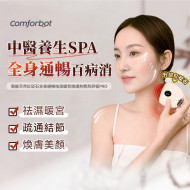PMT Ultima Neo (TENS, EMS, IFC, Micro) Advanced Multi-Mode Stimulator
- HKD1,799HKD1,699
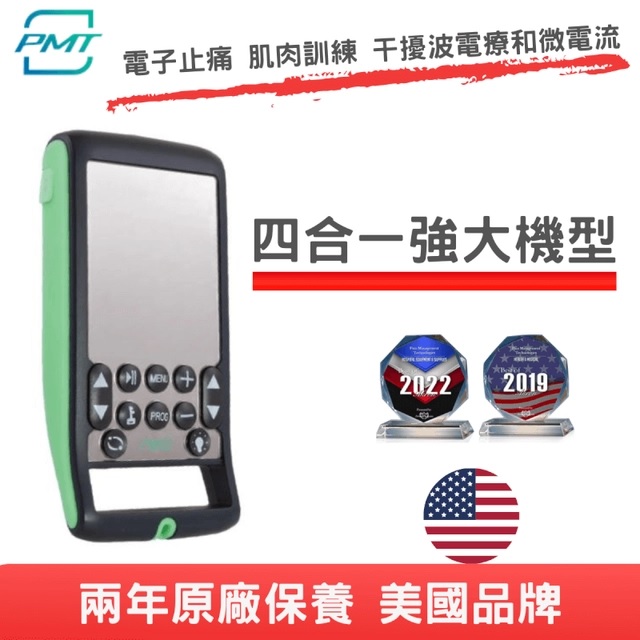
The Ultima Neo is an Advanced multi-mode electrotherapy stimulator that combines enhanced TENS, EMS, Interferential, and Microcurrent.
It is dual channel device and includes the function of our most advanced TENS and EMS modes with body part diagrams, as well as an advanced Interferential device with sine wave technology, and a very state-of-the-art Microcurrent mode.
The Ultima Neo operates on an ultra sleek, high capacity lithiumion battery which allows the user to use the Interferential function without being tethered to the wall, as well as long battery runs on the TENS/ EMS and Micro modes.
Contains 4 electrode stickers
The problem with general electrotherapy (or Transcutaneous Electrical Nerve Stimulation, abbreviated as TENS) is that the low-frequency current will cause discomfort when it enters the affected area through the skin.
Interference Current (IFC): This type of stimulation is characterized by the crossing of two dielectric, independent frequencies that work together to effectively stimulate large impulse fibers. These frequencies interfere with the transmission of pain information at the level of the spinal cord. Due to the frequency, the interfering waves encounter low impedance as they pass through the skin and into the underlying tissue. This deep tissue penetration can be tuned to stimulate parasympathetic nerve fibers to increase blood flow. Interference stimulation differs from TENS because it allows deeper penetration of tissue, is more comfortable (compliance) and increases circulation.
Interference currents are essentially a deeper form of TENS. Essentially, the IFC modulates a high-frequency (4000 Hz) carrier waveform with the same signal generated by the TENS unit. The high-frequency carrier waveform penetrates the skin more deeply than conventional TENS units, and the user experiences less discomfort for a given stimulation level. Deep in the tissue, the carrier waveform is canceled out, creating a TENS-like signal deep in the skin.
IFC devices may be useful in patients with unresolved TENS.
Interference electrical stimulation is a unique way to efficiently deliver therapeutic frequencies to tissue. Traditional TENS and neuromuscular stimulators use discrete electrical pulses delivered at low frequencies of 2-160 Hz per second. Interference stimulators, however, use a fixed carrier frequency of 4,000 Hz per second and a second adjustable frequency of 4,001-4,400 Hz per second. When fixed and adjustable frequencies are combined (heterodyning), they produce the desired signal frequency (interfering frequency). Interfering stimuli are concentrated at the intersections between the electrodes. This concentration occurs deep in the tissues as well as on the surface of the skin. Traditional TENS and neuromuscular stimulators provide the majority of stimulation directly under the electrodes. Thus, current can be perfused to greater depths and larger tissue volumes with interference stimulators than with other forms of electrotherapy. When current is applied to the skin, the capacitive skin resistance decreases with increasing pulse frequency. For example, at a frequency of 4,000 Hz (interference units), capacitive skin resistance is eighty (80) times lower than at a frequency of 50 Hz (in the TENS range). Consequently, interfering currents pass through the skin more easily and stimulate the skin nociceptors less, allowing greater patient comfort during electrical stimulation. In addition, because the skin is better tolerant of medium-frequency (disturbance) currents, the dose can be increased, thereby improving the ability of the disturbance current to penetrate the tissue, allowing easier access to deeper structures. This explains why interfering currents may be most suitable for treating patients with deep pain, promoting osteogenesis in delayed and nonunion fractures and pseudarthrosis, stimulating deep skeletal muscles to enhance muscle pump mechanisms in venous insufficiency, and inhibiting certain Site-specific active arterial constrictor tone increased in patients with cervical and lumbosacral sympathetic ganglia.
Benefit
As IFC interference therapy has been used for many years, its effectiveness is well documented. Studies have shown that patients who use interventional therapy post-surgery experience fewer post-operative complications than those who rely on narcotics alone for pain relief. Interfering stimuli do not cause respiratory depression. Interference therapy helps blood circulation and increases recovery time for patients. Having multiple treatments at home or at work often speeds up the patient's recovery and allows them to return to their normal lifestyle sooner.
Common Uses: Before and after orthopedic surgery, joint injuries, cumulative trauma disorders, increasing circulation, and pain control of all causes.
Application
Interference therapy is used for pain relief, treatment of circulatory disorders, range of motion, edema, puffiness, and muscle spasms.
Postoperative patients will use the device 3 times a day for 15 minutes for 14 - 30 days.
Microcurrent Electrical Neuromuscular Stimulators (MENS): The latest devices use very low voltage currents, typically between 1uA and 1000uA. A microamp (uA) is 1/1000 of a milliamp (mA), so 1000 uA equals 1 mA. Most TENS devices have a milliamp range of 1-80 mA.
Where TENS is used to hide pain, microcurrent is thought to work on a more cellular level due to its close proximity to our own body's electrical currents. In theory, healthy tissue is the result of electricity flowing directly through the body. When a specific part of the body is injured, the electrical balance is disrupted, causing the current to change direction. Applying microcurrent to the injured site is thought to re-adjust this flow, thereby aiding tissue repair. ATP (adenosine triphosphate) in cells has been found to help promote protein synthesis and healing. ATP deficiency due to tissue trauma leads to decreased sodium production and increased metabolic waste, which is considered pain. Applying microcurrent to the injured area helps re-align the body's electrical currents, increasing ATP production, which promotes healing and recovery, and blocks perceived pain.
The electrical current used in microcurrent therapy is so small that it is barely felt physically.
Helps speed up the healing process
reduce swelling and inflammation
Relieve acute and chronic pain
Soothe muscle pain
Improves soft tissue regeneration
Conditions that can be treated with microcurrent therapy
This list represents only a small selection of the many conditions that can be treated. In addition, the following items represent broad categories, with a number of frequencies available depending on the specific problem encountered by the patient:
-structural problems
-Autoimmune problems
-Endocrine system balance
- Muscle balance problems
- Injuries to joints, tendons, tissues, etc.
Authorized goods
Warranty Period : 2 Years

